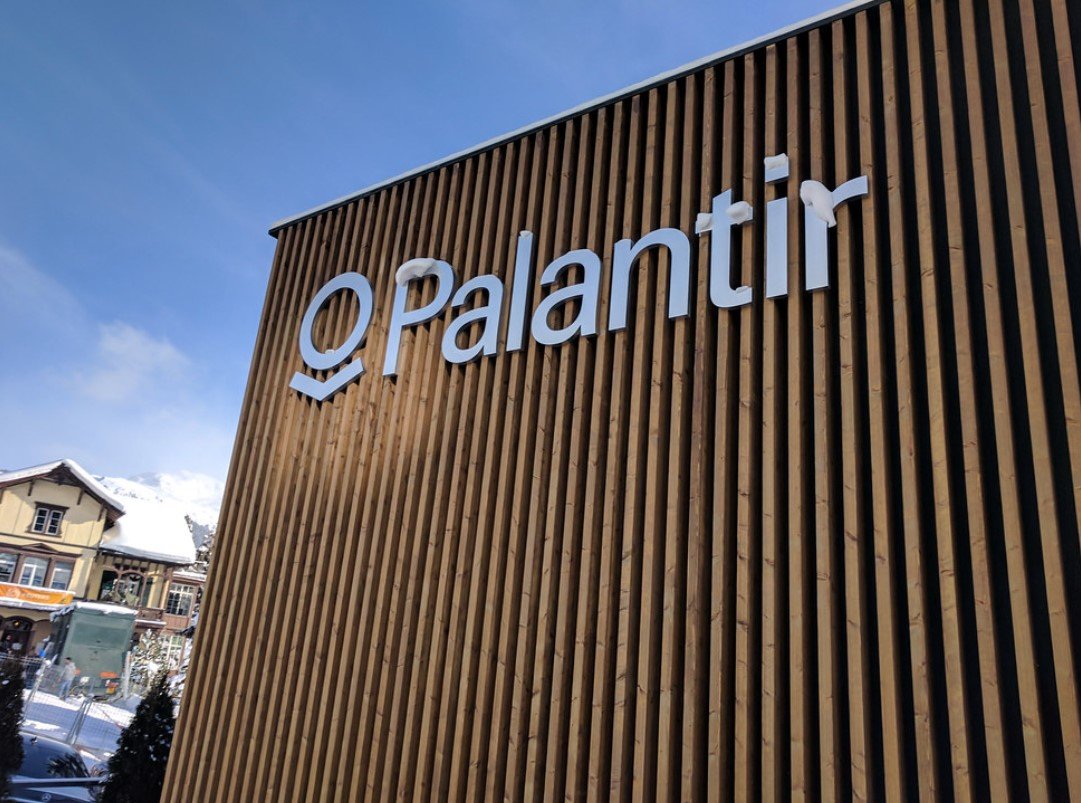Palantir Technologies has been on an unbelievable tear this year, with its stock skyrocketing nearly 2,000% since January 2023. Once viewed as a slow-growth, unprofitable outfit, Palantir is now the poster child for AI-driven business transformation. But with its market cap soaring past $300 billion and its price-to-sales ratio hitting a staggering 105, the big question looms: can it sustain this rocket ride to a $1 trillion valuation?
Palantir’s Stunning Transformation and AI Edge
The company’s shift is pretty remarkable. Not long ago, Palantir was still grappling with profitability. Now? It’s a fast-growing, highly profitable company riding the AI wave. This turnaround largely comes down to Palantir’s Artificial Intelligence Platform (AIP). This AI layer sits on top of their existing platforms, Foundry and Gotham, making it super easy for users to pull data and get insights through AI chatbot interfaces.
This innovation isn’t just hype. Investors have taken note, pushing Palantir’s stock to incredible heights. But it’s not just the business growth driving stock gains — multiple expansion plays a huge role too. With a price-to-sales ratio at 105, Palantir is priced like a speculative, high-growth company, which is… well, kinda wild. For comparison, that’s a valuation usually reserved for small startups in frothy markets, not a company with a $300 billion market cap.
Wall Street is buzzing, and not everyone’s convinced it’s sustainable.

Dan Ives’ Bold $1 Trillion Prediction
Wedbush analyst Dan Ives, known for championing AI-driven stocks like Tesla and Nvidia, just threw down a bold call: Palantir could hit $1 trillion in the next two to three years. After a recent dip in Palantir’s stock following its Q1 earnings report, Ives doubled down publicly on CNBC.
Ives pointed to Palantir’s leadership in the AI revolution and recent big wins — like selling its Maven Smart System to NATO — as reasons for his optimism. He even raised his price target from $120 to $140 and kept an “outperform” rating on the stock.
Still, Ives’ trillion-dollar call feels more like a broad stroke than a nitty-gritty forecast. It’s less about Palantir’s detailed financials and more about the general AI hype and Palantir’s position as a key data platform. Plus, Ives’ bullish stance on other AI stocks suggests he’s banking on AI growth lifting all boats.
But there’s one more factor that might give Palantir a leg up: The federal government. The Trump administration expanded its partnership with Palantir, pushing agencies to share data via Palantir’s platforms. The Department of Government Efficiency is actively encouraging this, hoping to cut costs and improve agency coordination.
Can Palantir’s Growth Support Its Sky-High Valuation?
Let’s break down the numbers. Palantir recently posted a 39% revenue growth rate in its last quarter. If that pace holds, its revenue could nearly triple in the next three years. That’s huge.
And Palantir’s subscription-based software model means growth on the bottom line could be even faster. Historically, the company has steadily improved operating margins, suggesting more profitability down the road.
However, here’s the catch: even if Palantir’s price-to-sales ratio dropped by 75%, it would still be expensive relative to peers. Over time, the valuation is likely to come down — but the market might reward Palantir with a premium for years if it keeps growing fast.
Here’s a quick look at how the valuation stacks up compared to other software companies:
| Company | Market Cap (Billion $) | Price-to-Sales Ratio | Recent Revenue Growth (%) |
|---|---|---|---|
| Palantir | 301 | 105 | 39 |
| Salesforce | 210 | 10 | 20 |
| Snowflake | 90 | 45 | 50 |
| Microsoft | 2,500 | 15 | 15 |
Palantir’s numbers are outliers, no doubt. This level of optimism is baked into the stock price. Any slip — even a slight one — in execution or a dip in the broader economy could shake investor confidence hard.
Still, Palantir’s position with the government, combined with the AI boom, keeps its future looking bright. But with valuations this high, it’s a classic “priced for perfection” scenario.
The Risks Behind Palantir’s High-Flying Stock
While the story looks good on paper, it’s worth remembering the risks here. First, the stock is volatile — it’s no secret that after the Q1 earnings report, the price took a hit. And the company’s reliance on government contracts, though lucrative, adds a layer of political risk.
Additionally, macroeconomic factors like rising interest rates or a potential recession could hit Palantir’s stock hard. Investors tend to get skittish with high-growth, high-valuation stocks when markets turn sour.
Plus, there’s the competition. Palantir’s AI platform is impressive, but it’s not the only player. Big tech giants and nimble startups are all chasing similar AI data analytics opportunities.
What Investors Should Keep in Mind
If you’re thinking about jumping on the Palantir bandwagon, here are a few points to chew on:
-
The company’s recent revenue growth is solid, but sustaining that will be tough.
-
The AI hype is real, but it’s also creating lofty expectations across the sector.
-
Government contracts offer stability, but also come with political and regulatory risks.
-
Valuations are sky-high; the stock could stay expensive if growth holds, but it’s fragile.
-
Remember that the broader economy impacts high-growth stocks more than you might think.
So yeah, Palantir is exciting, no doubt. But like a rocket ship blasting off, it’s got plenty of turbulence ahead.




































